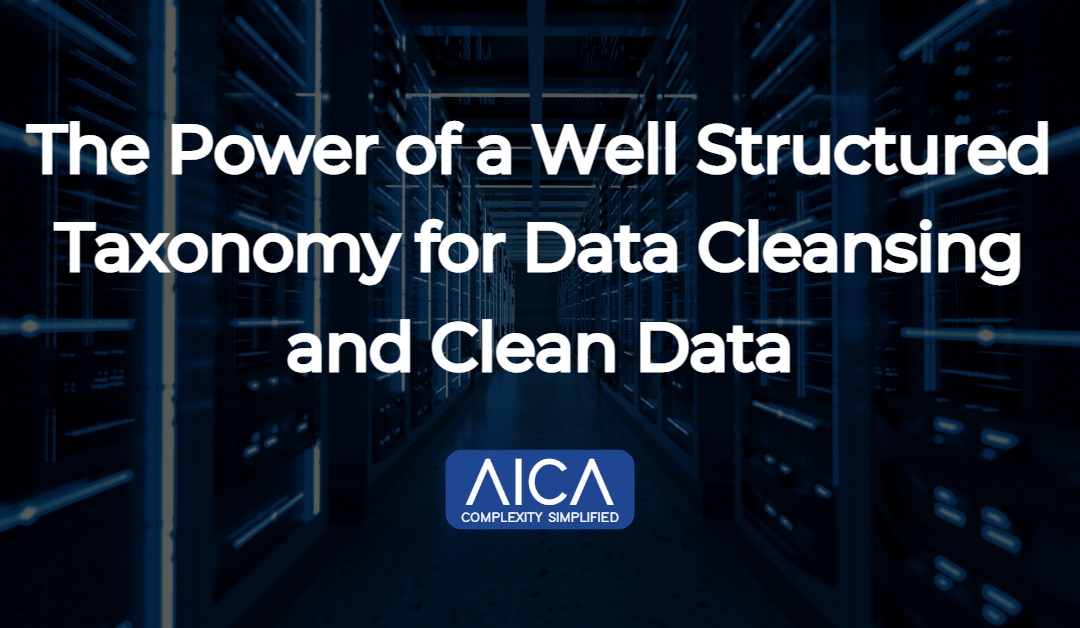Having a well-structured taxonomy can be particularly beneficial for data cleansing and dealing with dirty data. In this article, we will explore how a well-structured taxonomy can help with data cleansing and what are the benefits of clean data.
What is a data taxonomy
A data taxonomy is a hierarchical classification system used to organise and categorise data into meaningful groups or categories. It is a way to organise data in a logical and structured manner, allowing for easier analysis and interpretation of data.
In a data taxonomy, data is typically organised based on shared characteristics or attributes. For example, a taxonomy for a customer database might include categories such as product type, product attributes, product specifications and product price.
How a well-structured taxonomy can help with data cleansing
When dealing with dirty data, having a taxonomy can help to identify inconsistencies and errors within the data. By categorising data based on shared characteristics, it is easier to spot anomalies and discrepancies. This can help to identify dirty data that needs to be cleaned, enabling analysts to take necessary action.
Taxonomies also make it easier to visualise data which makes manually cleansing a much quicker and easier task.
For example, a well-structured taxonomy can help to identify:
- Duplicate entries
- Inconsistent formatting
- Inaccurate or missing values
- Incomplete data sets
By organising data into categories, it is easier to see when data is missing or incorrect. This can save time and resources when it comes to cleaning data, as it can be quickly identified and corrected.
The benefits of clean data
There are several benefits to having clean data. These include:
Improved accuracy: Clean data ensures that the analysis is based on accurate and reliable information, which can lead to more informed decision-making.
Increased efficiency: By eliminating dirty data, analysts can work more efficiently, focusing on meaningful data that will lead to actionable insights.
Cost savings: Dirty data can lead to incorrect conclusions, which can be costly for businesses. By cleaning data, businesses can avoid costly errors and make more efficient use of their resources.
Improved customer satisfaction: Clean data can lead to better customer experiences, as businesses can use data to better understand their customers and provide more personalised services.
Better risk management: Accurate data can help businesses to identify potential risks and avoid costly mistakes.
